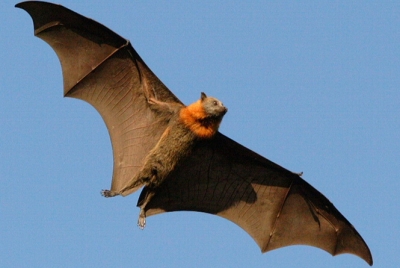 Do you know any animal that washes its food before eating it?
Do you know any animal that washes its food before eating it?
Raccoon is such an interesting animal. Most raccoons wash their food, and there have been instances when not finding water to wash their food, they refused to eat. However, they have also been known to eat food even when they could find water nearby. Some racoons have been observed to eat without ever washing their food.
Nobody really knows why raccoons wash their food. They do not seem to wash it in an attempt to clean it, since they even wash it in muddy water. Besides they would even wash food caught in the water which certainly does not need washing. So the reason is probably that water makes food tastier for them.
The name ‘raccoon’ comes from the American Indian word arakhuman. They are furry mammals and belong to the family Procyonidae. They are found in the stretch from Southern Canada to Panama, except in the high Rockies.
Raccoon is usually gray in colour, sometimes tinged with yellow or brown. It has a bushy, ringed tail which is about 25 cm long, dark brown in colour with four to six yellowish rings. The eyes are covered with black marks. They have pointed snouts and strong, sharp claws. They use their paws to find food.
Raccoons live in places where there is water and trees for dens. Their food, which they hunt at night, is mainly crayfish, clams, fish and frogs. They find their prey in muddy water. They also feed on nuts, berries, fruits and particularly young corn.

 There are about 600 marine organisms which produce light from their bodies. The main groups of marine luminescent organisms include protozoans, coelenterates, polychactes, molluscs, crustaceans and fishes. Many sea bacteria are also luminescent. Sponges, jellyfish, beetles, flies and earthworms also produce light. This type of luminescence is called bio-luminescence.
There are about 600 marine organisms which produce light from their bodies. The main groups of marine luminescent organisms include protozoans, coelenterates, polychactes, molluscs, crustaceans and fishes. Many sea bacteria are also luminescent. Sponges, jellyfish, beetles, flies and earthworms also produce light. This type of luminescence is called bio-luminescence.

 Man has been using garlic since ancient times to add flavour to food. Garlic has a powerful smell and a pungent taste. The Roman soldiers believed that it helped them in being more courageous and stronger so they made it a point to include it in their regular diet. In the Middle Ages garlic was eaten as a defence against the plague. It was also worn on the body to ward off evil spirits.
Man has been using garlic since ancient times to add flavour to food. Garlic has a powerful smell and a pungent taste. The Roman soldiers believed that it helped them in being more courageous and stronger so they made it a point to include it in their regular diet. In the Middle Ages garlic was eaten as a defence against the plague. It was also worn on the body to ward off evil spirits.
